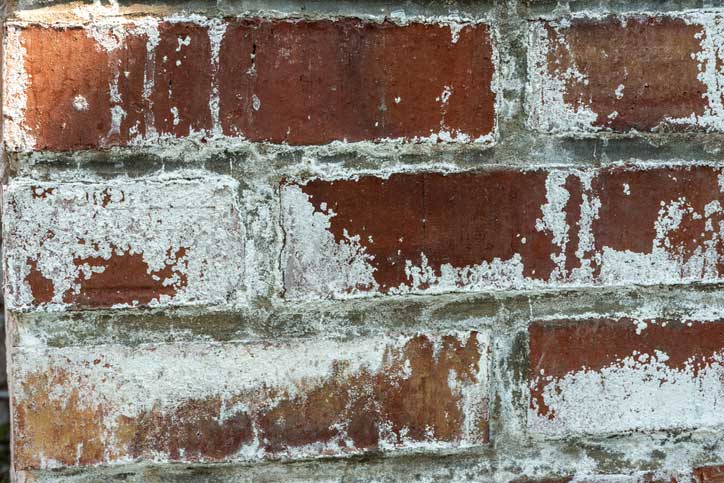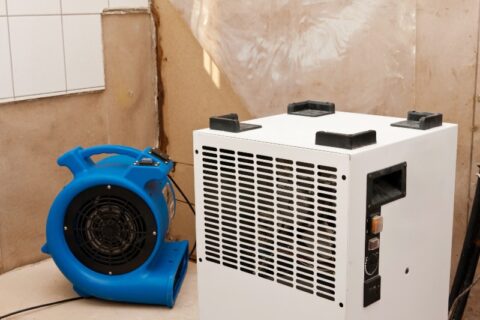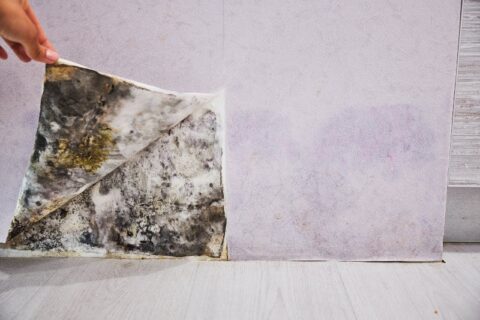What Is Efflorescence and How to Deal With It

Efflorescence is an unsightly side effect of water damage. Fortunately, it can be treated and prevented using the proper techniques. Learn more about what causes efflorescence and how to deal with it.
What Is Efflorescence?
Efflorescence is a powdery, grayish-white substance that can appear on unsealed masonry surfaces, including brick, clay, concrete, stone, and stucco. When water saturates these porous building materials, the moisture transforms the salts within them into a soluble solution. Capillary action allows water to carry the salts to the surface of the material, where the water evaporates and leaves crystallized salt deposits behind.
Rain, humidity, condensation, groundwater wicking, and interior plumbing leaks are all potential sources of moisture that can cause efflorescence. As a result, it is often a seasonal problem, escalating when wet weather arrives in your area.
How to Remove Efflorescence
If you spot efflorescence forming on your home’s brick, stone, or stucco façade, rest assured that you can fully remove this powdery substance and prevent it from spreading. First, wait for warm, dry weather. Then, try one of these techniques:
- Pressure wash the masonry to dissolve and remove the water-soluble salt. Just be sure to dry the treated area promptly to prevent efflorescence from reappearing.
- Spray with diluted vinegar and scrub with a stiff nylon brush to remove efflorescence with ease.
- Apply commercial efflorescence cleaner according to the manufacturer’s directions, and allow it to sit for one minute. Scrub heavy efflorescence with a stiff brush to improve your removal efforts. Then, rinse thoroughly with water and dry promptly.
Tips to Prevent Efflorescence
Efflorescence isn’t just unsightly—it also indicates a moisture issue that could potentially damage the masonry material it forms on. That’s why you should take steps to prevent it. Here’s how:
- Keep building materials away from the ground: Any masonry that comes in contact with the earth has a higher risk of efflorescence, so it’s important to keep it elevated.
- Select the right materials: Being selective about what you build with can help minimize efflorescence.
- Use the proper grout: Grout consolidated with mechanical vibration, dense-tooled mortar joints, and grout admixtures all limit the risk of efflorescence.
- Install capillary breaks: Inserting polyethylene sheeting between masonry and soil stops salt from entering the building material.
- Store masonry materials properly: During building projects, store bricks off the ground and cover them with a waterproof sheet.
- Apply hydrophobic sealant: This product prevents water absorption into porous building materials.
- Implement overhangs and adjust your sprinklers: These tips limit the amount of water that comes in direct contact with the walls.
Pacific Flood Restoration is a leading water damage repair company in San Diego. We can clean water-damaged masonry walls to remove efflorescence and any mold that may be present. We have a reputation for having integrity and delivering high-quality services. Give us a call at 832-294-5462 or contact us online if you find efflorescence or other signs of water damage in your California home.


